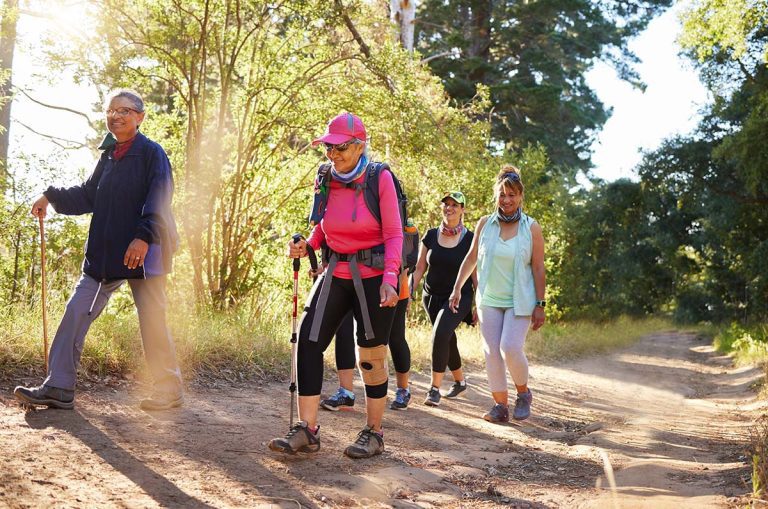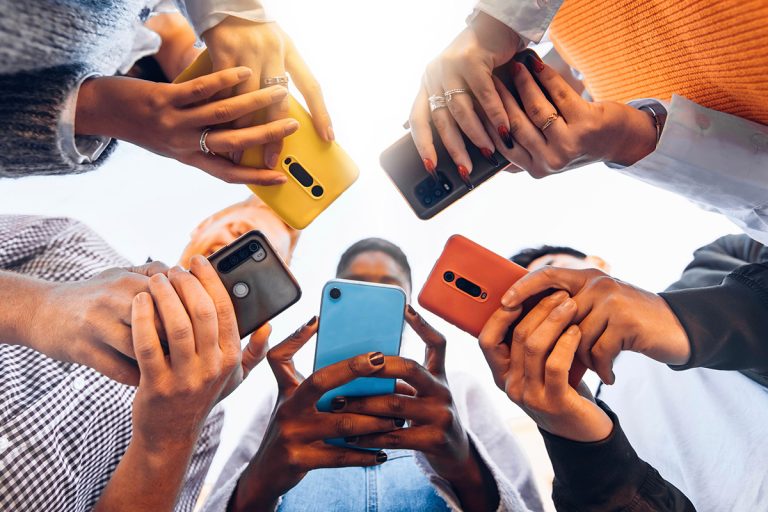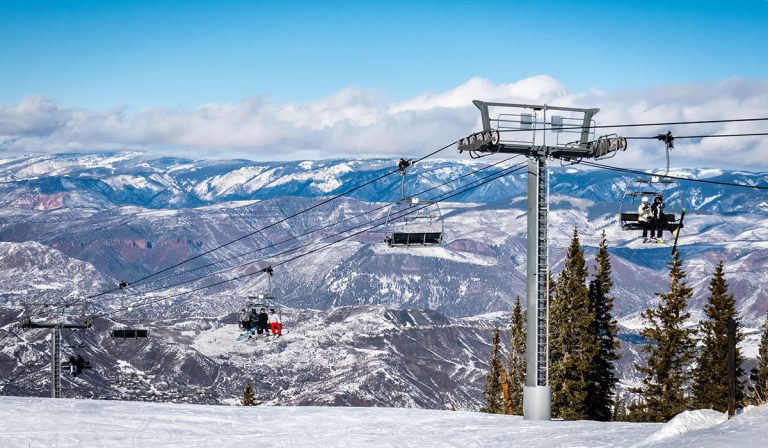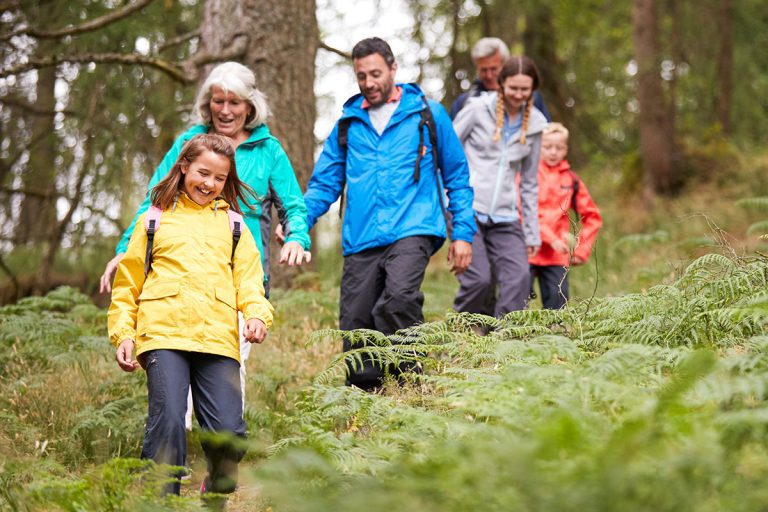Important Emergency Communications Feature Supports Safety, But Comes with Limitations

You’re on a hike through a beautiful, remote landscape—somewhere in the mountains, jungle, desert or forest.
Suddenly, there’s an emergency.
You need to contact emergency services for help. But there’s no mobile phone reception in your location. And the nearest habitation is many kilometers away.
If you have the newest Apple iPhone, you can now contact emergency medical and rescue authorities, through a satellite communications feature built into all iPhone 14 models using iOS 16.1.
Apple’s new feature adds a valuable option for individuals in settings where help is needed but cell phone access is unavailable—from wilderness settings to natural disasters where cellular networks are disabled.
The service is currently limited to users in the USA and Canada, with access opening to the UK, Ireland, Germany and France in December 2022. Availability in additional locations may follow.
Future versions of Android phones, according to Google, will have a similar capability in the future.
How Apple’s Satellite Communications Service Works
In a crisis, if you attempt to contact 911 (the emergency services number in Canada and the USA) from your iPhone 14 in an area without coverage, an option to send an “Emergency Text via Satellite” will pop up.
You’ll be prompted to answer questions like “Is anyone injured?” and “What’s the emergency?”
Your responses and your location will be sent via a satellite connection to emergency responders. Depending on the location, this will either be an official emergency services dispatch center, or a third-party facility with Apple employees, who will forward your information to authorities.
You may be asked for additional information, which you can type in via the service.
But the system works best when you have a direct view of the sky and the horizon. Even then, it might take 15 seconds to send a brief message. If you’re under light tree cover, a message could take over a minute. And you might not be able to send or receive any messages at all, if there is heavy foliage or other obstructions like mountains, canyons or tall structures.
So, keep your messages brief, and recognize it may take time for them to get through.
The service may not work north of 62° N latitude, for example northern Canada and Alaska. It also doesn’t currently work in American Samoa or Guam.
(It also won’t work if your phone was purchased in mainland China, Hong Kong or Macao.)
Since you’re connecting to specific satellites, which are whizzing across the sky above you at 24,000 kph (15,000 mph), the phone will tell you which direction to position it so you can connect.
Just hold the phone naturally in your hand—you don’t need to raise your arm up high. But don’t put the phone in your pocket or pack while you’re attempting to communicate via satellite.
The service is free for two years after activating your iPhone 14 or 14 Pro; Apple has yet to announce future pricing.
You can test the service out before you need to use it. Open the Settings app, tap Emergency SOS, tap Try Demo, and follow the instructions.
You can also share your Medical ID (if you’ve put it into your phone) and notify your emergency contacts (if you set those up beforehand), who can get a map of your location and a live transcript of every message you send to emergency services, so they can be kept up to date in real time.
The service currently supports Canadian French, American Spanish, and American English.
The Technology Behind the Service
Emergency telecommunications from remote landscapes had previously been dominated by dedicated satellite phones and satellite communicators like the inReach by Garmin, which uses the Iridium satellite network, and the SPOT X and other messenger devices by SPOT, which uses the Globalstar satellite network (Globalstar owns SPOT).
Iridium and Globalstar have been the leading civilian satellite communications networks for decades, though competitors like SpaceX’s Starlink satellites are increasingly present.
Access to the Iridium and Globalstar satellite networks by IOS and Android phones marks a big change in anywhere-anytime communications. But it took some investment by Apple to make this happen.
Apple invested some $450 million in upgrading Globalstar’s systems, which includes dozens of satellites in low Earth orbit and a network of terrestrial ground stations located all around the world.
Apple had new high-powered antennas designed and installed in Globalstar’s ground stations. And since emergency services in the USA and other countries are typically composed of a patchwork of government agencies and other providers, Apple invested in training emergency specialists in some 300 third-party facilities, in locations where official emergency services entities are not set up to receive messages from Apple’s new system.
Globalstar’s satellite constellation is also due for a much-needed update, which will help ensure continuity and quality in Apple’s Emergency SOS service.
Globalstar, which went through bankruptcy in 2002, has struggled to compete with the larger Iridium network. The tie-up with Apple is a triumph for the organization, and the combination of Globalstar’s and Apple’s technologies holds the promise of benefiting both organizations as well as those in need of reaching help when cell or Wifi coverage is unavailable.
Limitations
As significant an advance as satellite-linked emergency communications by phone is, the technology has significant limitations.
As with electronic locating technology used in the wilderness, Emergency SOS can bring both promise and peril.
Enabling Inappropriate Risk-Taking
First of all, it’s best to avoid finding oneself in emergency situations, if at all possible. Having expanded access to emergency services doesn’t mean it’s wise to be careless in the wilderness.
Emergency services are already over-burdened in some places. Rescues can be dangerous or even fatal for emergency personnel. And if a lack of safety precautions leads to a serious injury or other mishap, even a prompt response by rescuers may not prevent permanent disability or other harm.
Outdoor safety expert Chris Boyer voices the concern that easier access to help can lead to unnecessary risk-taking. Chris is a graduate of the Risk Management for Outdoor Programs training by Viristar, which has provided essential safety guidance to adventure, travel, wilderness and experiential professionals in over 50 countries, and he’s the Executive Director of the National Association of Search and Rescue (NASAR).
“It’s providing an inflated sense of safety and security because you have this, even a little bit of hubris,” Chris says. “When you’ve got something in your pocket like this, I think people rely on it heavily and get a flawed risk assessment. That overconfidence can end in tragedy.”
This concept is sometimes referred to as ‘risk homeostasis,’ the idea that as safety measures improve, persons feel emboldened to take a correspondingly higher level of risk.
Mobile Phones Not Designed to be Emergency Communication Devices for Remote Settings
Mobile phone batteries may last only a day without recharging. Dedicated satellite communications devices principally designed to enable emergency communications from remote settings, however, are typically able to stay charged for days at a time.
The antenna is an iPhone isn’t as strong as one in a dedicated satellite communicator. This means messages are less likely to get through, or may be delayed, if there are obstacles like heavy tree cover or nearby hills.
Apple’s system only works in a small handful of countries. It will take time to build out a global network of public safety answering points with the technology and staff trained in how to handle text messages routed from Apple’s Emergency SOS feature.
Prevention is Better than Cure
Preventing a safety incident when in remote settings is always better than having to respond to one. Here are some tips for preventing mishaps, and minimizing their impact should they occur:
- Seek training on how to prevent safety incidents from occurring. A variety of public and private agencies, such as the US Forest Service and the National Safety Council, offer safety guidance for outdoor recreation and related activities. Outdoor and rescue professionals can take advantage of specialized training that covers everything from incident causation theory to global outdoor safety standards.
- Bring appropriate equipment. While not a replacement for taking reasonable precautions, bringing important safety items can help a minor mishap from turning into a major problem.
- Get first aid training. Basic first aid training is suitable for activities close to help. Specialized wilderness and remote medicine courses are important for those venturing into the backcountry, open water, or parts of the world where emergency services are scarce or underdeveloped.
- Tell a friend. Leave information about where you’re going, when you’ll be back, and whom to contact if you don’t return on time.
- Learn to avoid judgment errors. Many incidents are, in part, a result of poor judgment. Learning how to avoid making mistakes due to cognitive bias and other cognitive limitations can help prevent incidents from ever occurring.
- If you’re leading others as part of an organized group, bring a suitable, dedicated telecom device. Don’t rely on a participant’s personal iPhone to work in an emergency. Depending on the circumstances, a VHF radio, mobile phone (if coverage is assured), or two-way satellite communicator such as the Garmin inReach or SPOT X should be carried, and procedures to ensure it is in good working order should be documented and followed.
Wild and remote natural areas are wonderful places to explore. And the iPhone’s Emergency SOS feature can help save lives. But if you run into a problem, don’t rely on Apple to save you. Be prepared, adopt a reasonably precautious mindset, and don’t let technology lull you into taking unnecessary risks.
By doing so, you’ll have taken important steps for responsibly enjoying the great outdoors.




